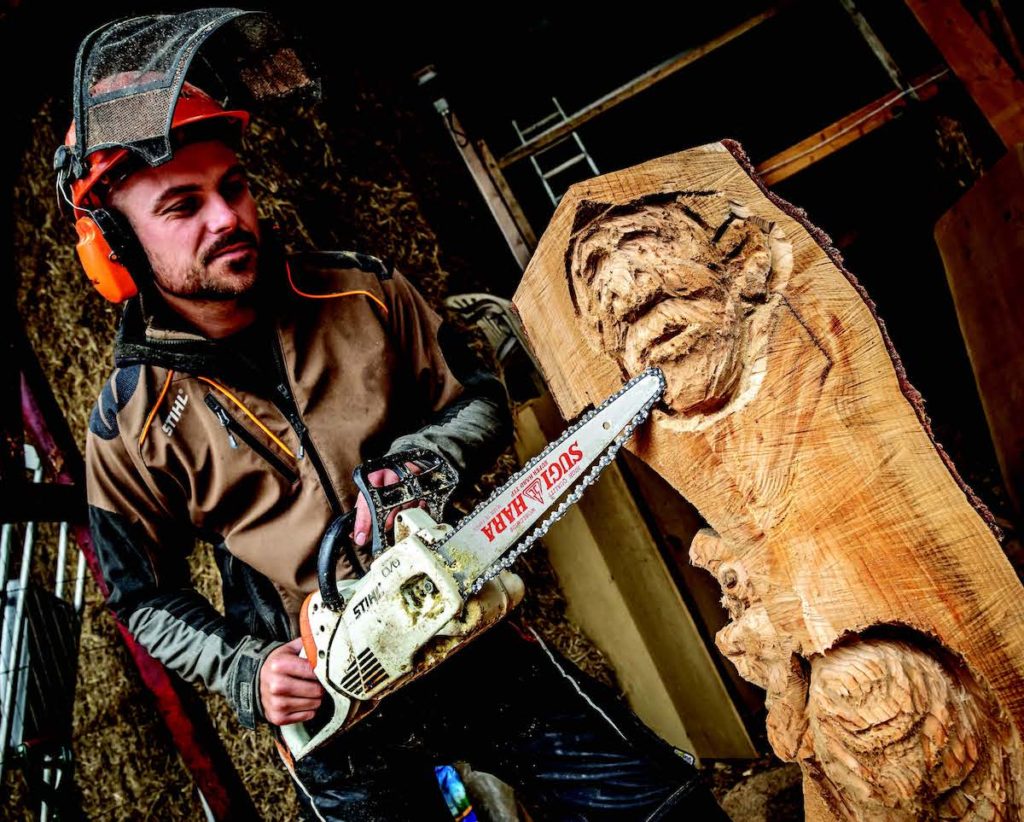Community header template
- Home
arrow_drop_down
- News
arrow_drop_down
- What’s On
- Local Information
arrow_drop_down
- Community Groups
arrow_drop_down
- Business Support
arrow_drop_down
- Advertising Rates
- Business Networks
- Akin Arundel
- Arundel Chamber of Commerce
- Consultants, Admin Support & Office Space
- Film Location & Production Support
- IT & Technical Support
- Legal, Financial Planning, Accountants And Insurance
- Local Publications And Media
- Marketing, Printing & Digital
- Business Newsletter
- Local Directory
arrow_drop_down
- Estate & Lettings Agents & Architects
- Health, Beauty & Wellbeing
- Home & Gardening Services
- Legal, Financial Planning, Accountants And Insurance
- Photographers, Fashion & Lifestyle
- Retirement, Care & Funeral Services
- Travel, Holidays & Languages
- Tradesman, Builders and Property Services
- Vehicle Repairs, Storage, Hire & Taxi Services
- Weddings, Events & Entertainment
- Contact
A Profile of Simon Groves

Originally published Autumn 2019
TAKE a walk in the fields above Warningcamp and you might notice a large barn at the end of a track. On closer inspection you’d notice a row of enormous tree trunks lining the track, and quantities of roughly cut pieces of timber by the building. Only then might you be surprised to see a large bear looking out from a pile of planks, or a bust of Julius Caesar. Inside the open-fronted barn, all under a thick layer of sawdust, you might make out a pair of barn owls, or an eagle with outspread wings, or a collection of turtles.
At this point anyone who has visited Arundel Festival’s Gallery Trail will begin to have a sense of déjà-vu. For the past ten years one of the high spots of the Trail has been the exhibition of woodcarvings by Simon Groves, whose life-size animals and birds have delighted young and old. Simon welcomes the opportunity to exhibit in his usual site by the Red Cross Centre, as the large numbers of visitors coming into Arundel provide more viewers than could ever be expected in a conventional gallery. As the majority of his commissions come from private individuals the opportunity for people to see his work, and to see it outdoors, where most of it is intended to be, is crucial to the success of his enterprise.
For the past ten years one of the high spots of the Trail has been the exhibition of woodcarvings by Simon Groves, whose life-size animals and birds have delighted young and old.
Not that all his commissions are from private patrons. Outside his workshop currently there lies a pile of enormous timbers destined to become a four-metre high sculpture of wave forms, for the new Arun leisure centre on the Littlehampton sea-front. Many local councils and schools have installed pieces of his, not surprisingly, as however large his creatures may be, they always seem to cheer rather than to threaten.
Simon began his career as a landscape gardener, like his father. But he found that working in the countryside, with timber and saws and axes always to hand, he wanted to shape things. Starting with simple objects like stools and mushrooms, he soon found that he could take on larger, more complex subjects. He has an extraordinary ability to look at a small image on his phone, and without the use of sketches or intermediary models, to pick up a chainsaw and bring the shape to life. Of course mistakes are part of the process, but it seems they can be worked with. Sometimes, Simon explains, working with a large saw in a large block of wood it’s impossible to know exactly what is being cut, but somehow in the end the horse or the bear or the gorilla come out looking just right.
Simon’s art is practical not academic. He is probably not over concerned with the fact that in the early 1900s sculptors began to react against the nineteenth century practice of modeling in clay, and then having the forms either cast in metal or replicated in stone by mechanical pointing machines. Sculptors like Eric Gill and Jacob Epstein felt there was something much more honest about attacking a lump of stone with a chisel, so the final piece actually showed the hand of the artist. How impressed they would be to see Simon going at a three-ton block of oak with an industrial-size chainsaw. At the same time they would be astonished at the precision with which his pieces are finished. Chainsaws come in all sizes, and with his smallest Simon is able to cut with the accuracy of a chisel. Simon’s pieces are usually given a finish of oil, to preserve them, and sometimes he will apply a darkening agent, like the ebonizing process that turns oak black, ideal for gorillas. Occasionally he will paint in details, like a horse’s eye or a leopard’s spots, but usually the surface texture of the timber is enough. His preferred woods are oak, cedar of Lebanon, and macrocarpa (a variety of cypress), and a lot of time and effort goes into finding suitable pieces to work with. Simon frequently uses a wood-yard in Washington, but has contacts all around Sussex, hoping to hear of a large tree that has fallen or had to be felled. Then it’s a question of getting his truck and his lifting gear, manhandling the trunk back to the workshop and somehow, singlehandedly, setting it up for carving. Then, with chainsaws whirring and sawdust flying, a barn owl appears on one branch, and a long-eared owl on another, and another transformation has taken place.
To see more of Simon’s work visit https://www.grovessculpture.co.uk/
by Oliver Hawkins
